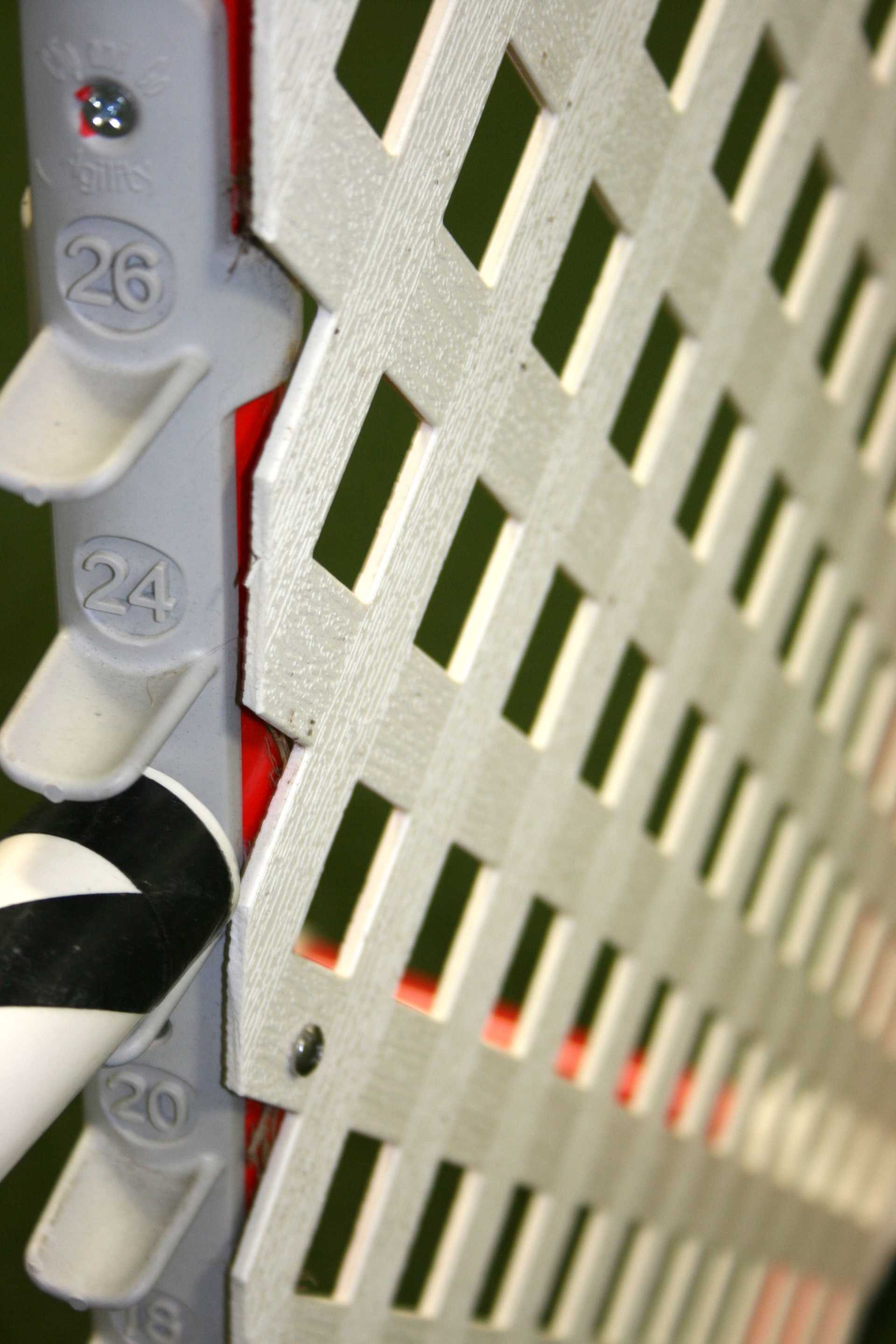Do We Need to Change the Tire?
20 Jan 2008
In the past month there has been a lot of discussion on the AgilityDogs and USDAA SoundingBoard email lists about serious injuries to dogs on the tire. I strongly recommend you read through the archives. There are several “failure modes” on this obstacle that can make it dangerous:
- The dog hits the bottom of the tire itself and is "spun" over or under the tire and onto the ground.
- The dog tips the tire and frame over onto themselves.
- The dog jumps between the tire and the frame and is tangled in the bungee or whatever is used to hold the tire in the frame.
I know of two top dogs that have been injured in tire crashes. In their cases it was because the tire didn’t give way and they were spun around the bottom of the tire and flipped onto their backs on the bottom frame support. In those trials the tire frame was secured (as required by the rules) so that it couldn’t tip over. But I have also seen dogs have the tire frame tipped over on them (fortunately they were the lightweight PVC frames - where a heavier or secured frame might have stayed up).
So at this point I’m for a change. I’m thinking about a combination solution.
I’m for the UK style jump uprights (no top or bottom cross bar) where (I believe) the tire has “bumps” on its side that fit in standard jump cups so there is no space between the tire and the jump standards. I believe the tire can be displaced from the jump cups - maybe one of my UK readers can fill me in on the details.
I’d also consider changing the tire itself to a three piece style like that used in at least one Canadian agility organization. The top 180 degree segment of the tire is one piece and their are two 90 degree segments on the bottom held in place by magnets. A standard frame like that used in the US then holds the tire. This keeps the top segment in place during a crash and one or more of the two 90 degree segments break loose. I believe this design is patented by the company that makes this tire design.
So I’d look into putting the Canadian tire within the UK jump uprights. The bottom would have to be weighted enough to keep the tire vertical. Would have to see about its performance outdoors in the wind. If necessary a keyed type of cup could be used to keep the top in place on the jump standard and only allow the bottom pieces to break loose. If the displaceable tire segments break away the dog is less likely to be hit with the full weight of the tire (although that is probably less than 5 lbs).
By combining the Canadian and UK designs I think all the failure modes I can think of are addressed. Yes it will cost clubs money and I really don’t care. The cost of a new tire design is cheap compared to the potential for catastrophic injury to the dogs.
I’d also fault the tire just like a jump, displace the entire tire or break away one of the bottom two pieces and it is also a fault. Yes this gives an advantage to the small dogs who might be able to kick off the bottom of the tire without displacing it. But they get a similar advantage on jump bars as it is.
So I’m not for removing the tire from the list of equipment, but I am for a safer tire requiring better training and execution from the handlers.
If you enjoyed this article won't you please:  Thanks!
Thanks!
